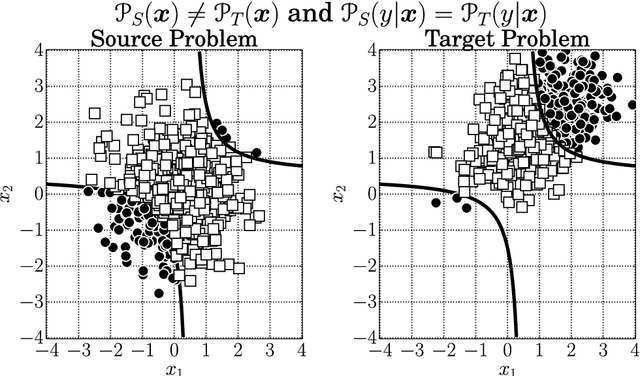Jorge M. Santos
Stacked Denoising Autoencoders and Transfer Learning for Immunogold Particles Detection and Recognition
Dec 07, 2017



Abstract:In this paper we present a system for the detection of immunogold particles and a Transfer Learning (TL) framework for the recognition of these immunogold particles. Immunogold particles are part of a high-magnification method for the selective localization of biological molecules at the subcellular level only visible through Electron Microscopy. The number of immunogold particles in the cell walls allows the assessment of the differences in their compositions providing a tool to analise the quality of different plants. For its quantization one requires a laborious manual labeling (or annotation) of images containing hundreds of particles. The system that is proposed in this paper can leverage significantly the burden of this manual task. For particle detection we use a LoG filter coupled with a SDA. In order to improve the recognition, we also study the applicability of TL settings for immunogold recognition. TL reuses the learning model of a source problem on other datasets (target problems) containing particles of different sizes. The proposed system was developed to solve a particular problem on maize cells, namely to determine the composition of cell wall ingrowths in endosperm transfer cells. This novel dataset as well as the code for reproducing our experiments is made publicly available. We determined that the LoG detector alone attained more than 84\% of accuracy with the F-measure. Developing immunogold recognition with TL also provided superior performance when compared with the baseline models augmenting the accuracy rates by 10\%.
Distribution-Based Categorization of Classifier Transfer Learning
Dec 06, 2017


Abstract:Transfer Learning (TL) aims to transfer knowledge acquired in one problem, the source problem, onto another problem, the target problem, dispensing with the bottom-up construction of the target model. Due to its relevance, TL has gained significant interest in the Machine Learning community since it paves the way to devise intelligent learning models that can easily be tailored to many different applications. As it is natural in a fast evolving area, a wide variety of TL methods, settings and nomenclature have been proposed so far. However, a wide range of works have been reporting different names for the same concepts. This concept and terminology mixture contribute however to obscure the TL field, hindering its proper consideration. In this paper we present a review of the literature on the majority of classification TL methods, and also a distribution-based categorization of TL with a common nomenclature suitable to classification problems. Under this perspective three main TL categories are presented, discussed and illustrated with examples.
 Add to Chrome
Add to Chrome Add to Firefox
Add to Firefox Add to Edge
Add to Edge